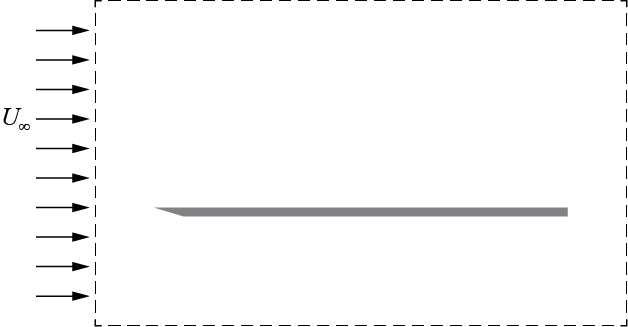Parts and Regions in StarCCM+ Models
Table of contents
Overview
StarCCM+ uses a object-oriented structure for defining simulations. Two of the most fundamental objects are Parts and Regions.
Parts
A part is a geometric object, and it may be an assembly of geometric objects. The part defines the physical dimensions and shape of a volume or surface in space.
Regions
Regions are volumes that have a single definition of physical behavior. A region defines material properties (gas, liquid, solid), material behavior (compressible or not, variable properties or not, influence of gravity or not) and choices of numerical models that describe the physical behavior (steady/unsteady, coupled solution).
A region also defines the boundary conditions acting on the surface of the material. The boundary conditions are specified on surfaces in ways that
Examples
1. Flow in a duct
Assume that we are only interested in the fluid motion inside the pipe. We only need to describe the fluid volume and the boundary conditions on the volume. For this simple flow model, the “part” would be the volume of the fluid and the region would be the fluid with inflow, outflow and wall boundaries.
Flow in a duct could involve very complex geometries. As long as the walls of the duct only
2. Flow past a flat plate
First consider the classical problem of laminar flow over a flat plate with zero pressure gradient. Although the plate is the physical object that we use to define the flow, the “part” would be the fluid volume around the plate. The plate would be a hole in the domain. A practical CFD model would require the plate to be embedded in a flowing stream, so the fluid volume would be larger than the plate. The region for this problem would also be the fluid.

For practical engineering problems, the “flat plate” is rarely isolated from its environment. Is the plate really a surface of interest in a duct? In that case, the “flat plate” part of the problem might be one of several parts in the model. If the flow is isothermal, i.e. if heat transfer is unimportant, the solid objects in the domain might be simply objects that define boundaries on the fluid. In that case, it may be possible to define a single part and a single region that would define the fluid volume (the part) and its behavior (the region).